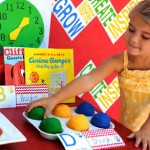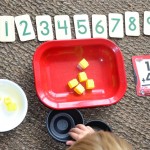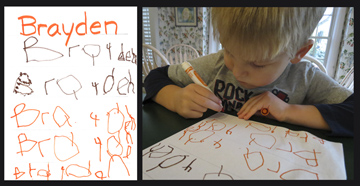Bette Fetter: Visual Charts and Lists
 Using lists and charts empowers children to act independently. It also lessens power struggles and discipline issues, while building a child’s confidence and sense of self.
Using lists and charts empowers children to act independently. It also lessens power struggles and discipline issues, while building a child’s confidence and sense of self.
 Using lists and charts empowers children to act independently. It also lessens power struggles and discipline issues, while building a child’s confidence and sense of self.
Using lists and charts empowers children to act independently. It also lessens power struggles and discipline issues, while building a child’s confidence and sense of self.
Fall ushers in the excitement of a new school year, full of possibility. While you’re helping your child get ready for a new classroom and a new

Back to School is upon us and not all children learn the same. What are you doing to prepare your child for this new year and the new challenges that come with it?

In the video Dr. Matthew Peterson shares some great insights on why the current language heavy approach to teaching math is not working, especially for children that learn visually and conceptually. In answer to these challenges, their group, The Mind Research Institute has developed math-learning software to use in the classroom and is yielding impressive results. This video includes examples of their software – which I must admit – move way too fast for me to fully grasp. But when seeing the children working and discussing, in front of their computers, the programs seem to move at a pace that invites engagement and understanding.


